Manhattan’s only surviving ‘colored’ school is now a city landmark
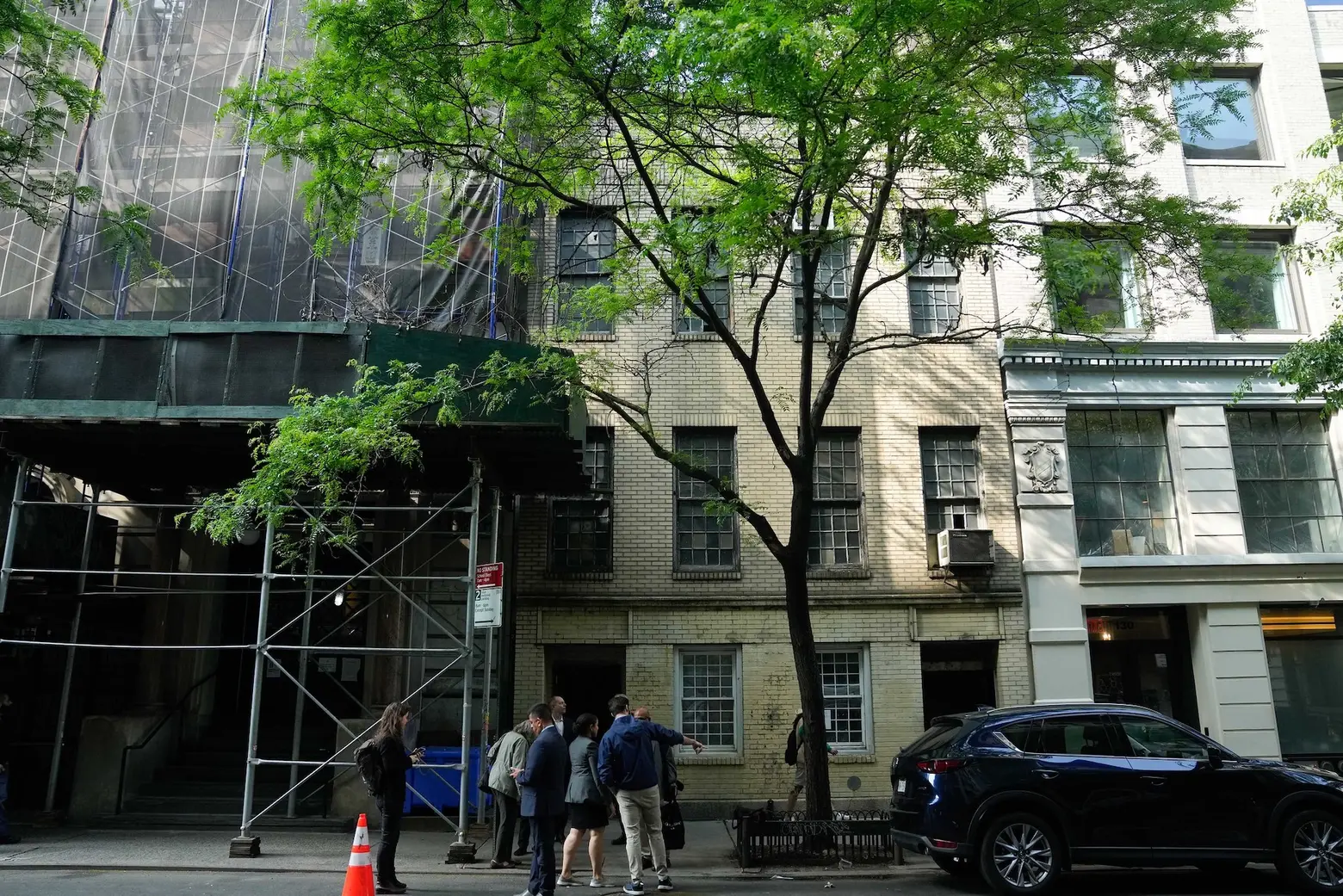
Mayor Eric Adams visits former Colored School No. 4 in Chelsea. Photo courtesy of Michael Appleton/Mayoral Photography Office on Flickr
The Landmarks Preservation Commission on Tuesday designated a building in Manhattan that serves as a reminder of racially segregated education in New York City. The former Colored School No 4. was a public school open to only Black students and teachers from 1860 to 1884. The remarkably-intact three-story building at 128 West 17th Street in Chelsea is the borough’s only surviving school building that exclusively served African Americans. Not only does the new landmark represent the history of the Black community who lived in this part of Manhattan, but it also recognizes the many notable figures associated with the school.
The Colored School No. 4 came out of the African Free School, which was founded by the New York Manumission Society in 1787 to educate the children of slaves and free people of color. The schools later became a part of the city’s public school system in 1834.
Constructed by the New York Public School Society in 1849, the design of Colored School No. 4 follows the Model Primary School House plan, featuring a 25-foot wide four-bay facade and separate entries for boys and girls, as the commission noted.
After being transferred to the city after the Board of Education was established, the school became known as Grammar School No. 81 in 1884 when the city stopped using the term “Colored” in official names of school buildings. The school continued to serve only Black students until 1894 when segregated schools were closed.
Many notable Black teachers and students are connected to the school, including Sarah J.S. (Tompkins) Garnet. Garnet, a well-known suffragist and social justice activist, was one of the first Black principals in the city’s school system.
Walter F. Craig, a renowned classical violinist and composer, and Joan Imogen Howard, the only Black manager at the 1893 World’s Fair in Chicago, served as staff at the school. Susan Elizabeth Frazier, the city’s first African American teacher assigned to an integrated public school, graduated from the school.
“In addition to illustrating what a small New York City public school looked like before the Civil War, it also shows us how education afforded crucial opportunities and skills to Black students as they struggled against the discrimination and inequities that were part of their daily lives,” Marianne Hurley, a researcher at LPC, said ahead of Tuesday’s vote.
The Department of Sanitation has owned the building since the 1930s but has not used it for the last decade. According to the New York Times, the vacant 175-year-old building is in need of repair work but retains many characteristics of pre-Civil War design.
Historian and writer Eric K. Washington has led an effort to landmark the building since 2018. An online petition seeking designation started by Washington garnered over 2,840 signatures in support.
During a public hearing last month, more than 20 people testified favor in designation, with seven additional letters of support and no letters in opposition.
This latest landmark represents the city’s effort to consider equity in designations, as part of a framework released by the agency in 2021. LPC Chair Sarah Carroll said the designation tells the story of the significant achievements of African Americans and will “serve as a reminder of the systemic racism and segregation that so many endured.”
LPC Commissioner Michael Goldblum said before the designation you “walked by [the building] a thousand times and never looked twice.”
“It’s kind of like a hidden story,” Goldblum said. “That is what’s so neat about the city as a whole and what we do, in that we’re kind of illuminating a little corner of the city and connecting through a network to its history, to its people. And giving even this modest, never-notice-it building the importance and richness, and depth that it deserves.”
Following the designation, Mayor Eric Adams announced $6 million in funding for the rehabilitation of the former school building. According the mayor’s office, “engineering investigation and design work” is underway and the full renovation is expected to be completed in 2027. DSNY will then work with other agencies and local stakeholders to find a new use for the building.
“As the second Black mayor in New York City history, the significance of this landmark designation is not lost on me, and I am proud we are investing $6 million to rehabilitate (Former) Colored School No. 4 so that this painful, yet important, piece of history is preserved,” Adams said in a statement.
“Historic sites like this are crucial reminders of those who came before us, whose courage and ambition helped shape our city and chart the course to becoming the incredible city we are today. We stand on the shoulders of the young men and women that attended this school, and while they may be gone, I am honored to ensure they will never be forgotten.”
RELATED:
Explore NYC Virtually
Leave a reply
Your email address will not be published.

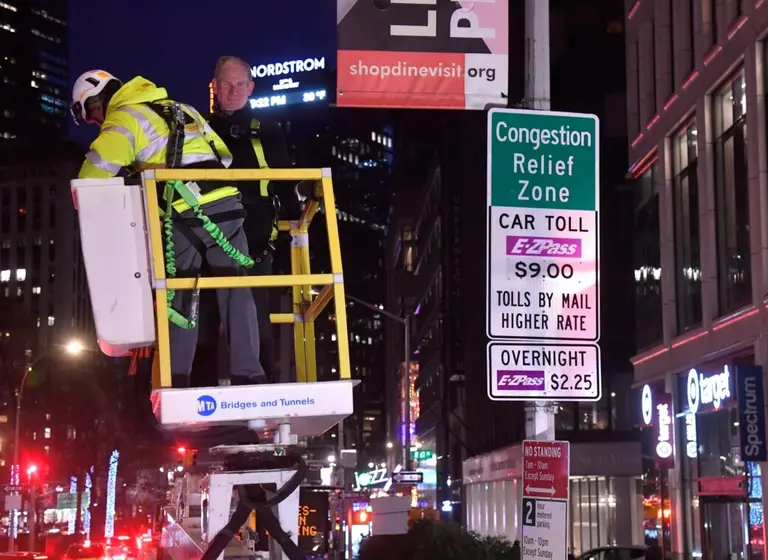



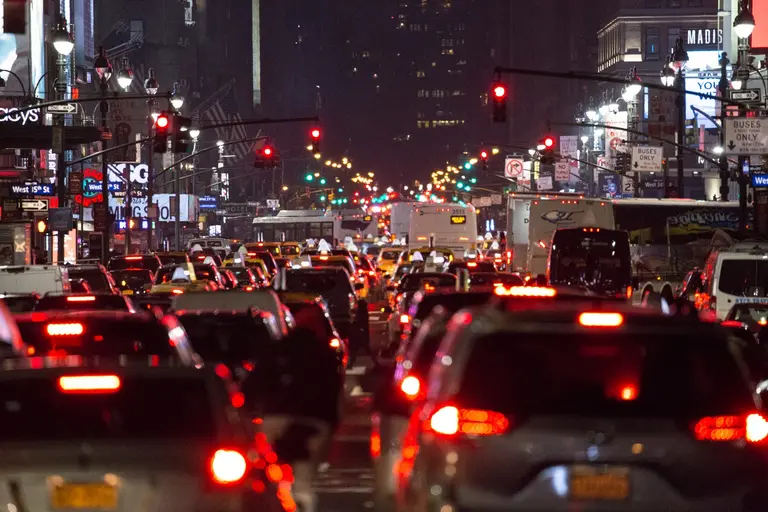





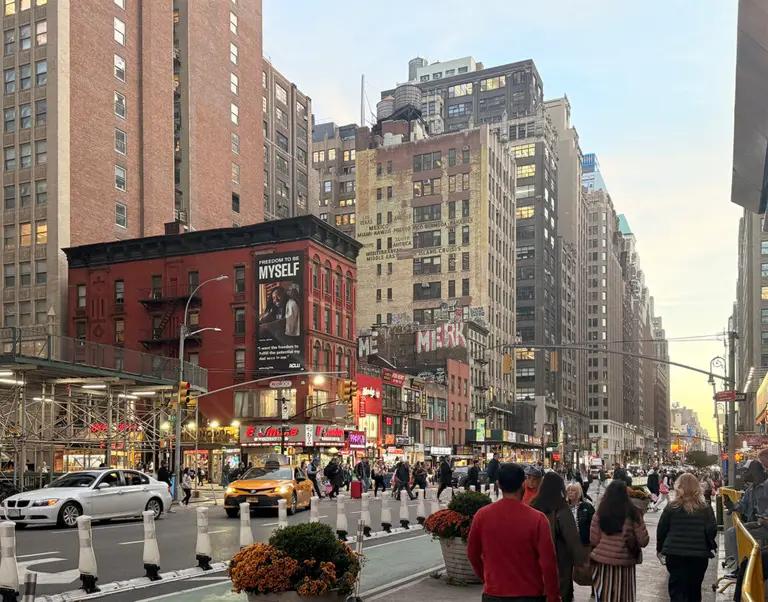
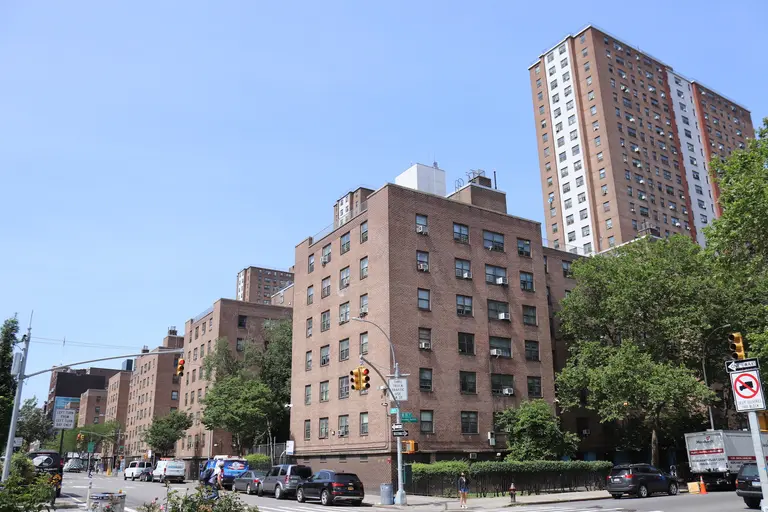


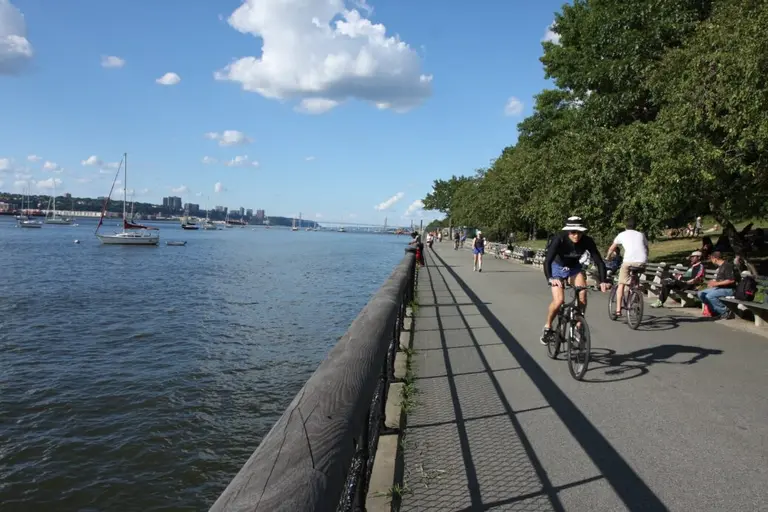













Wow, will have to walk by this building tomorrow!